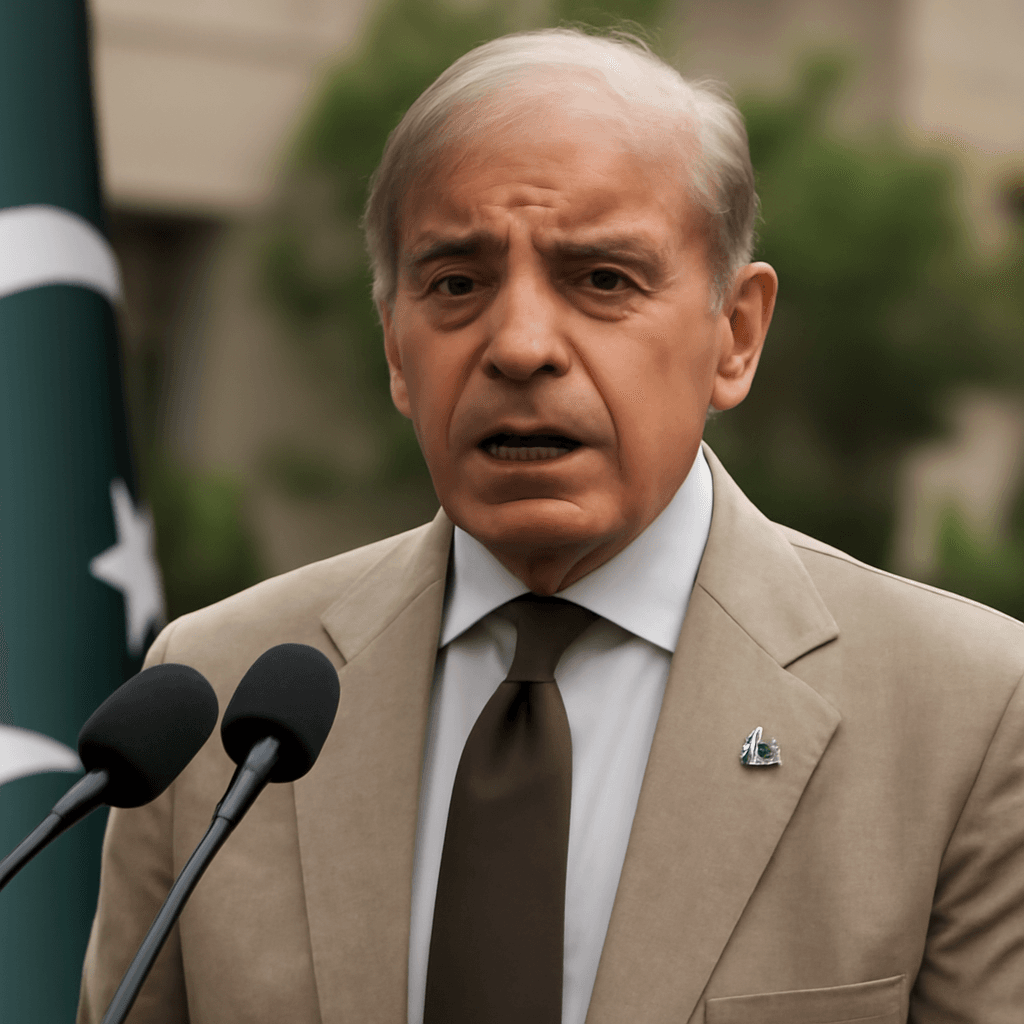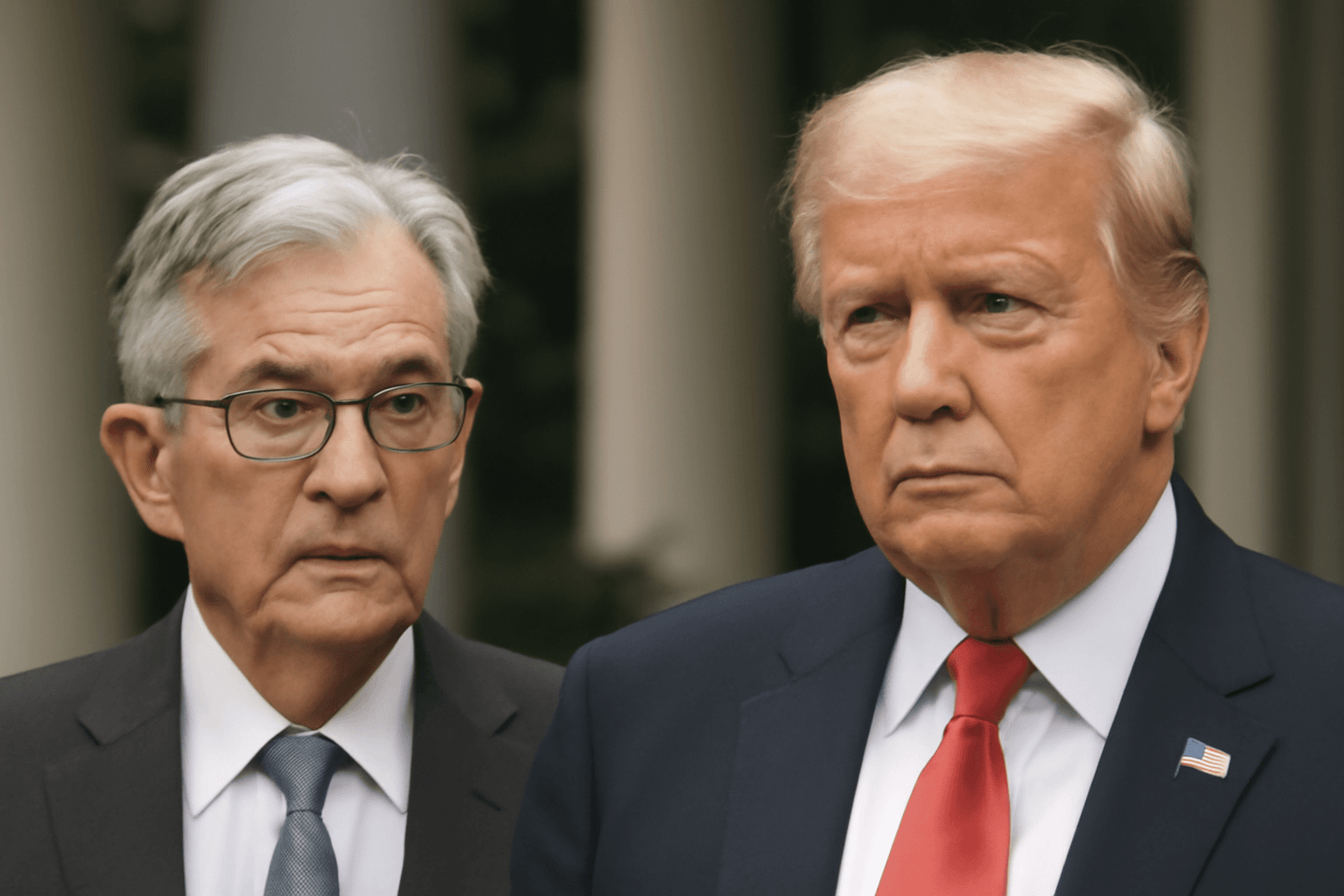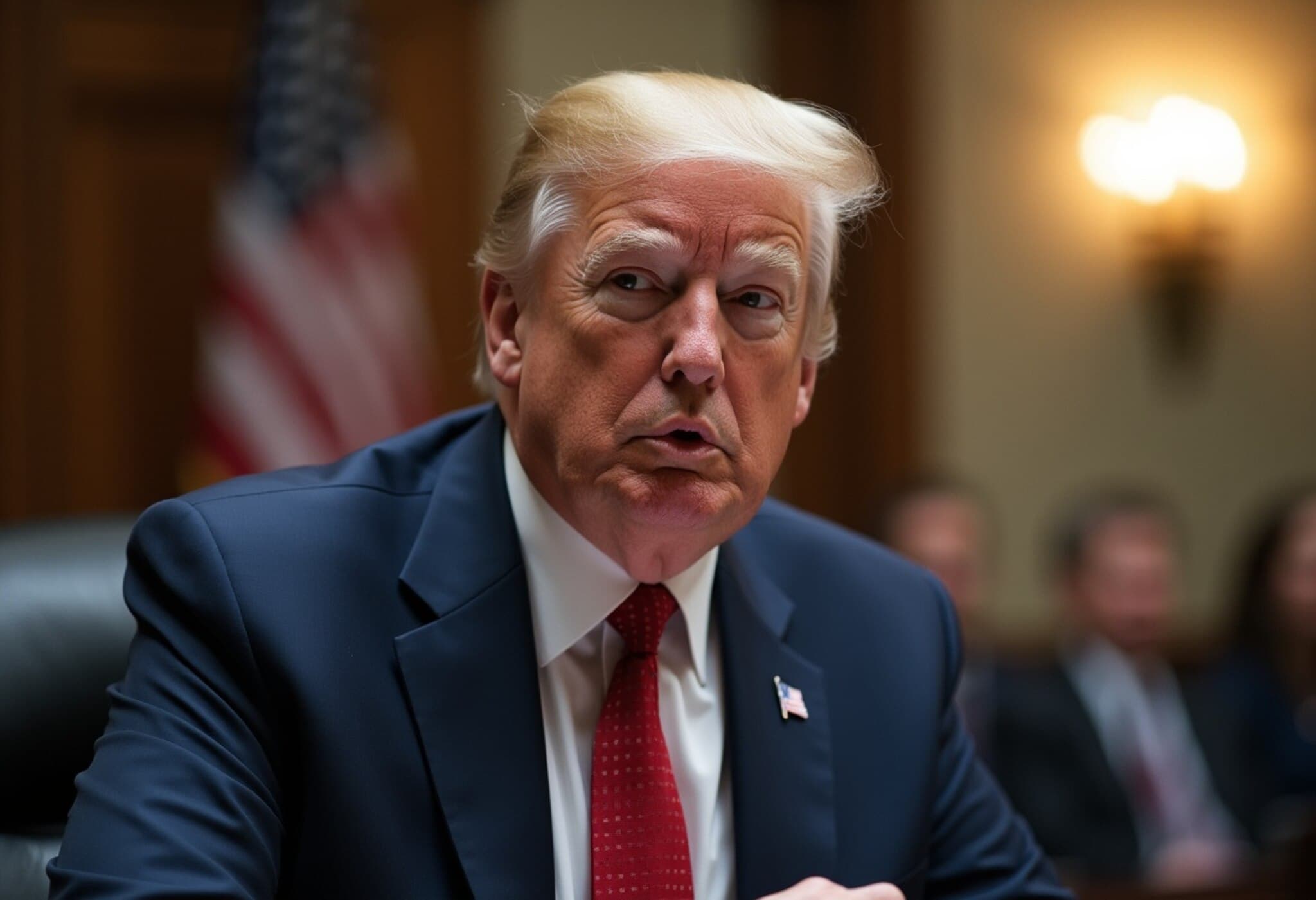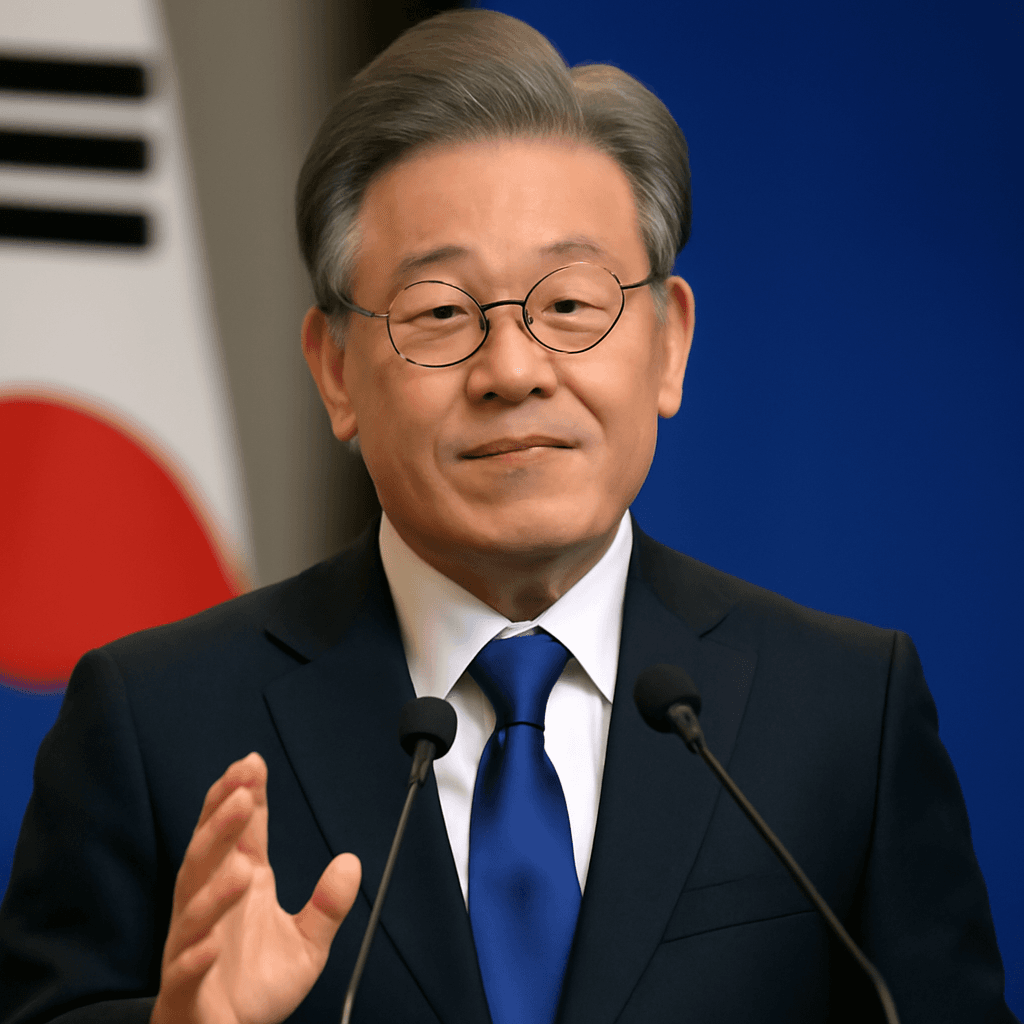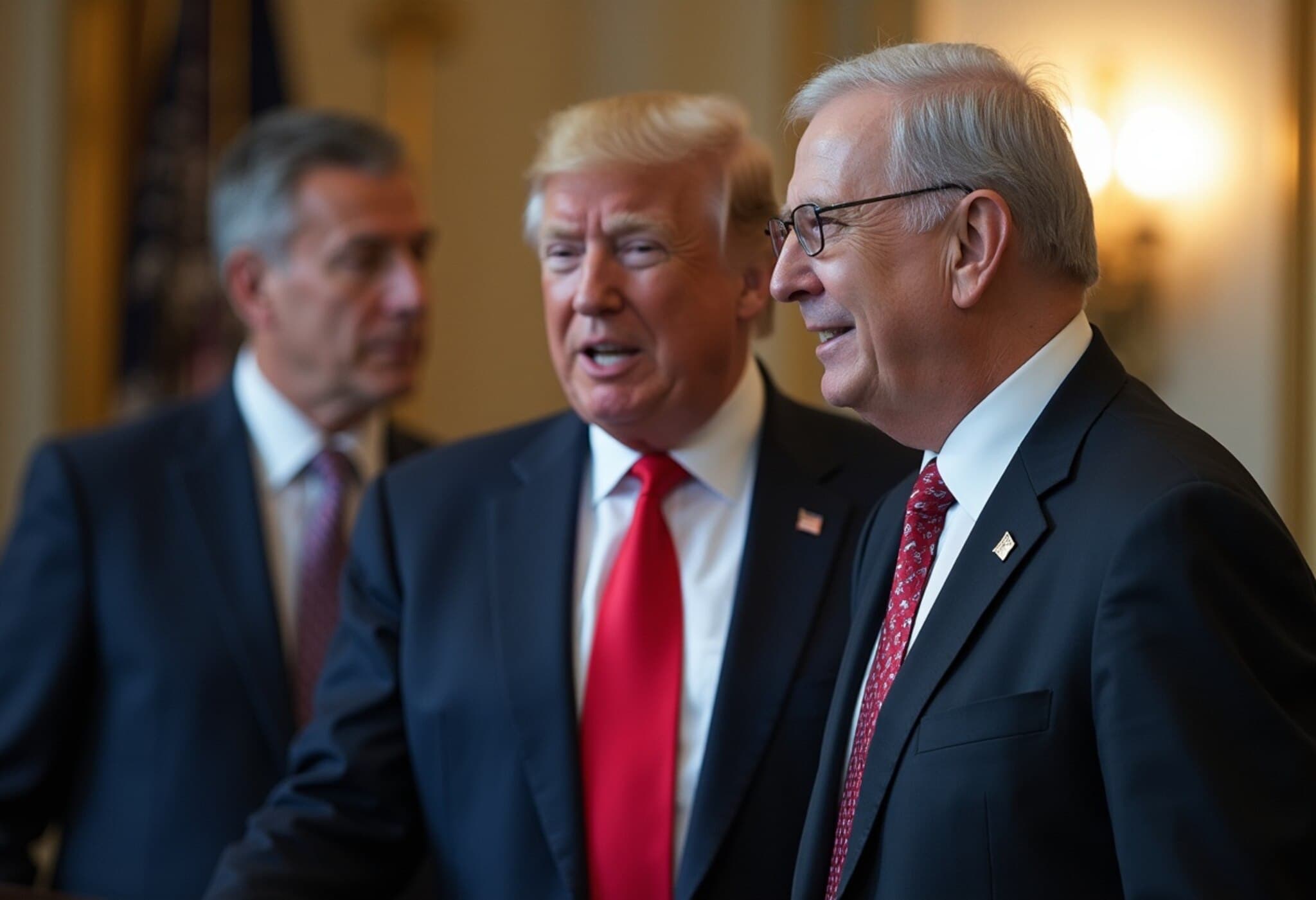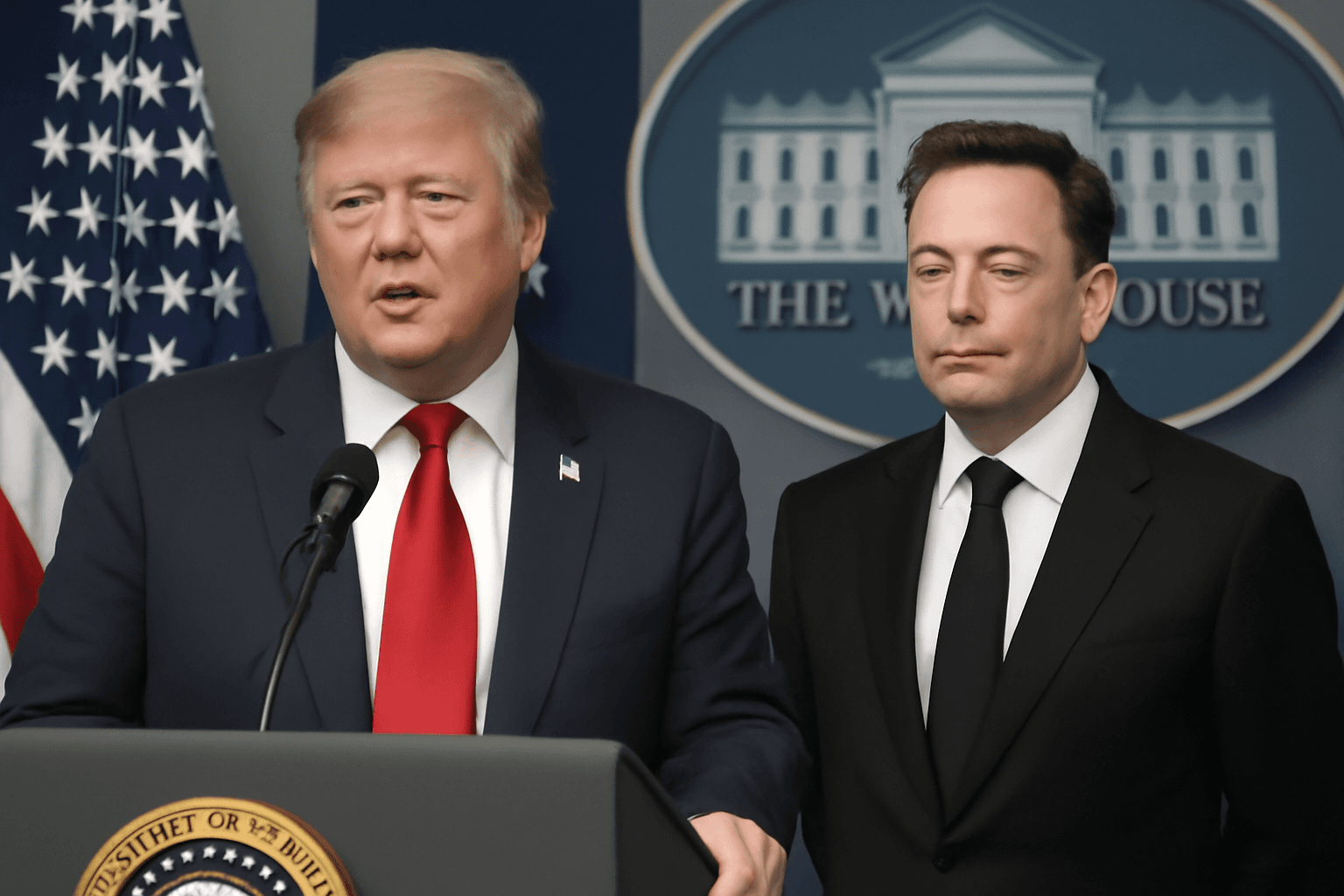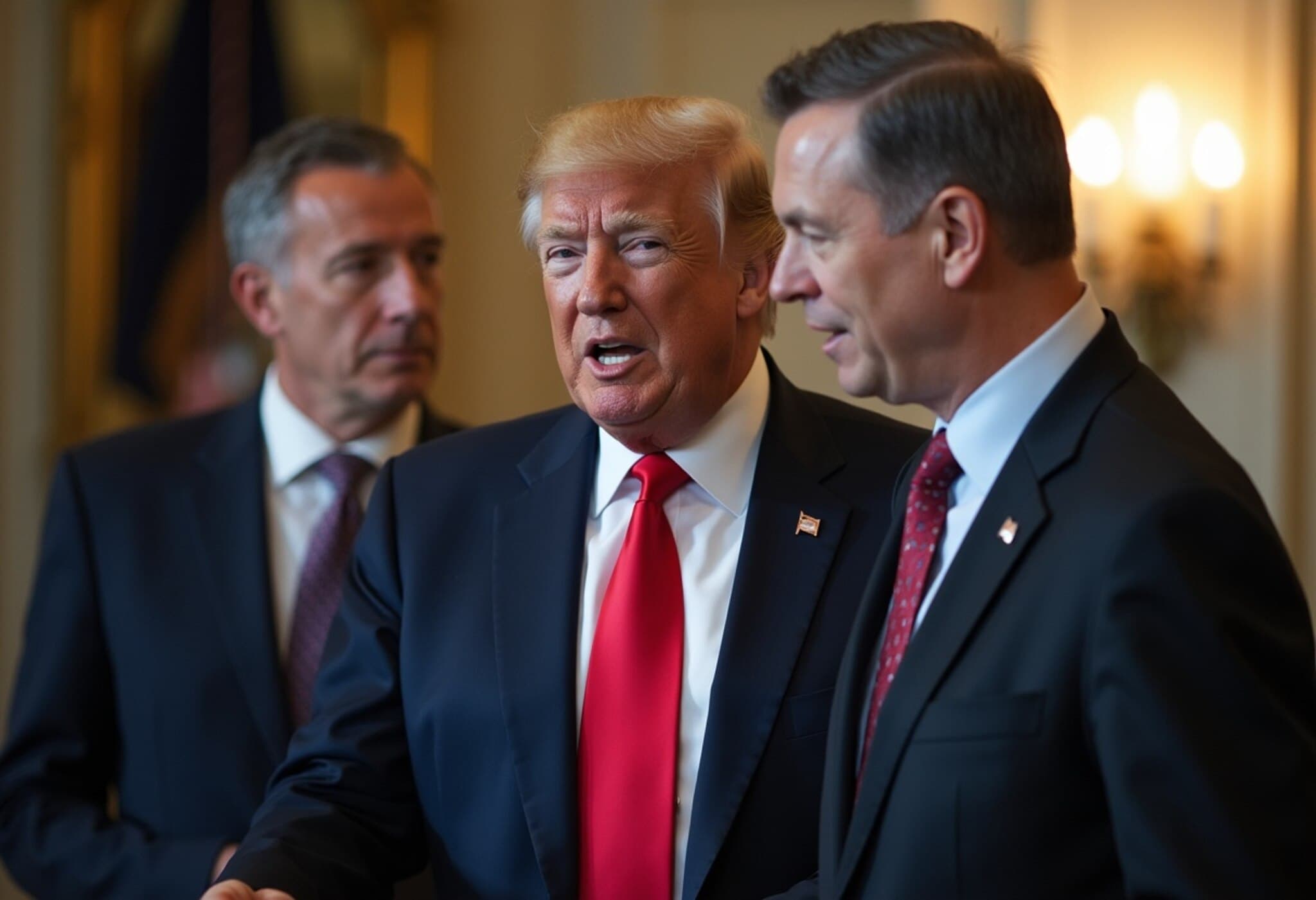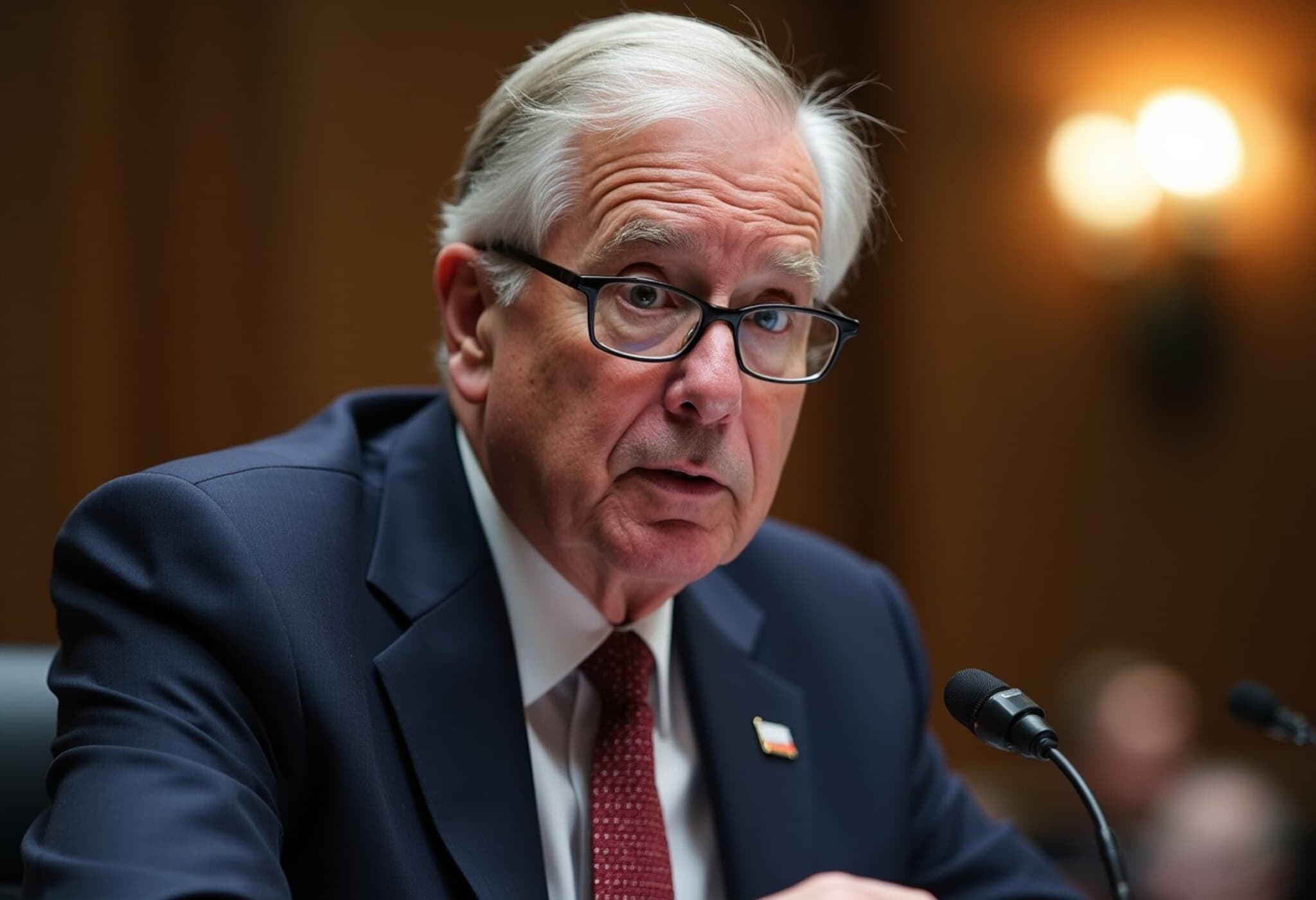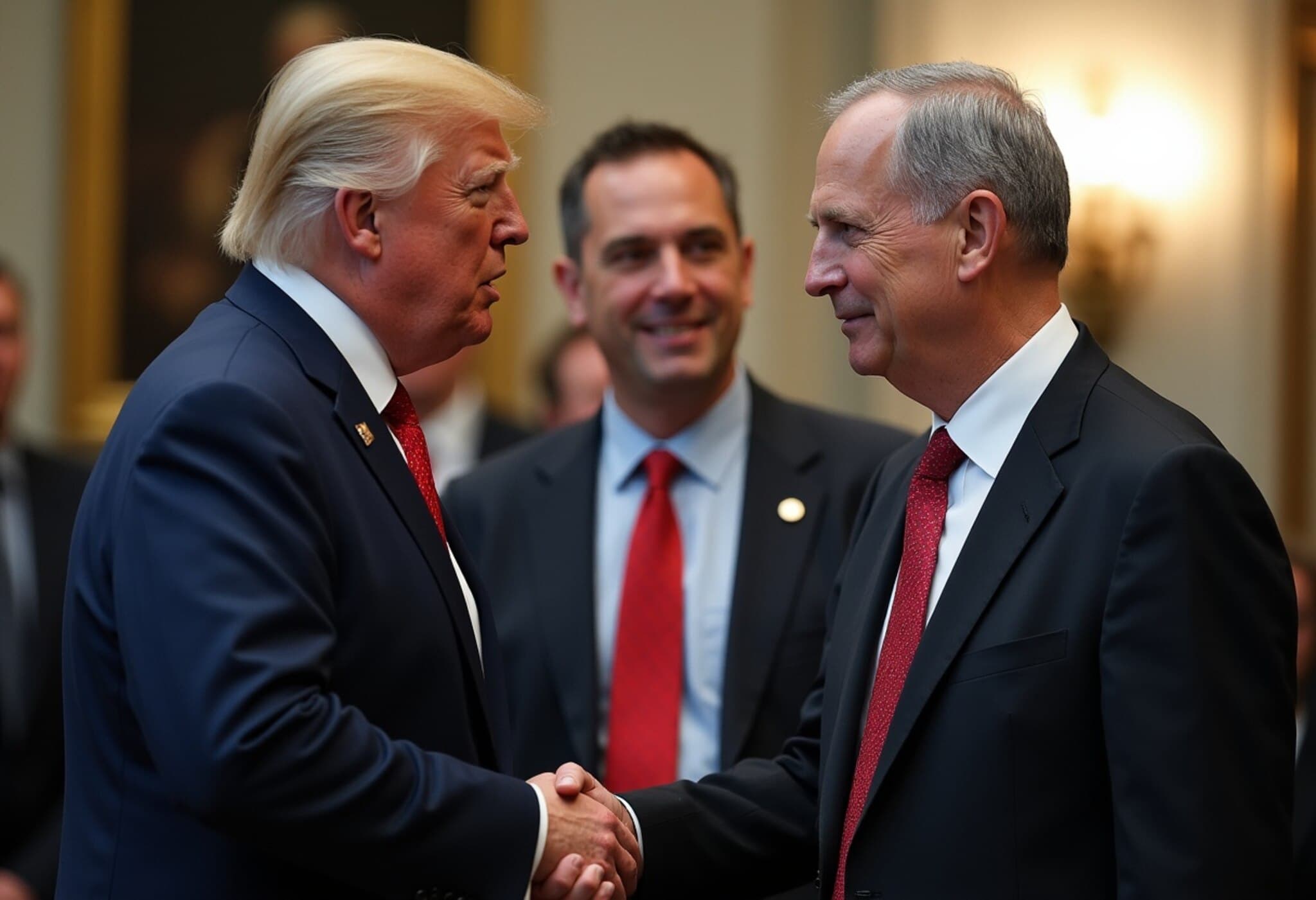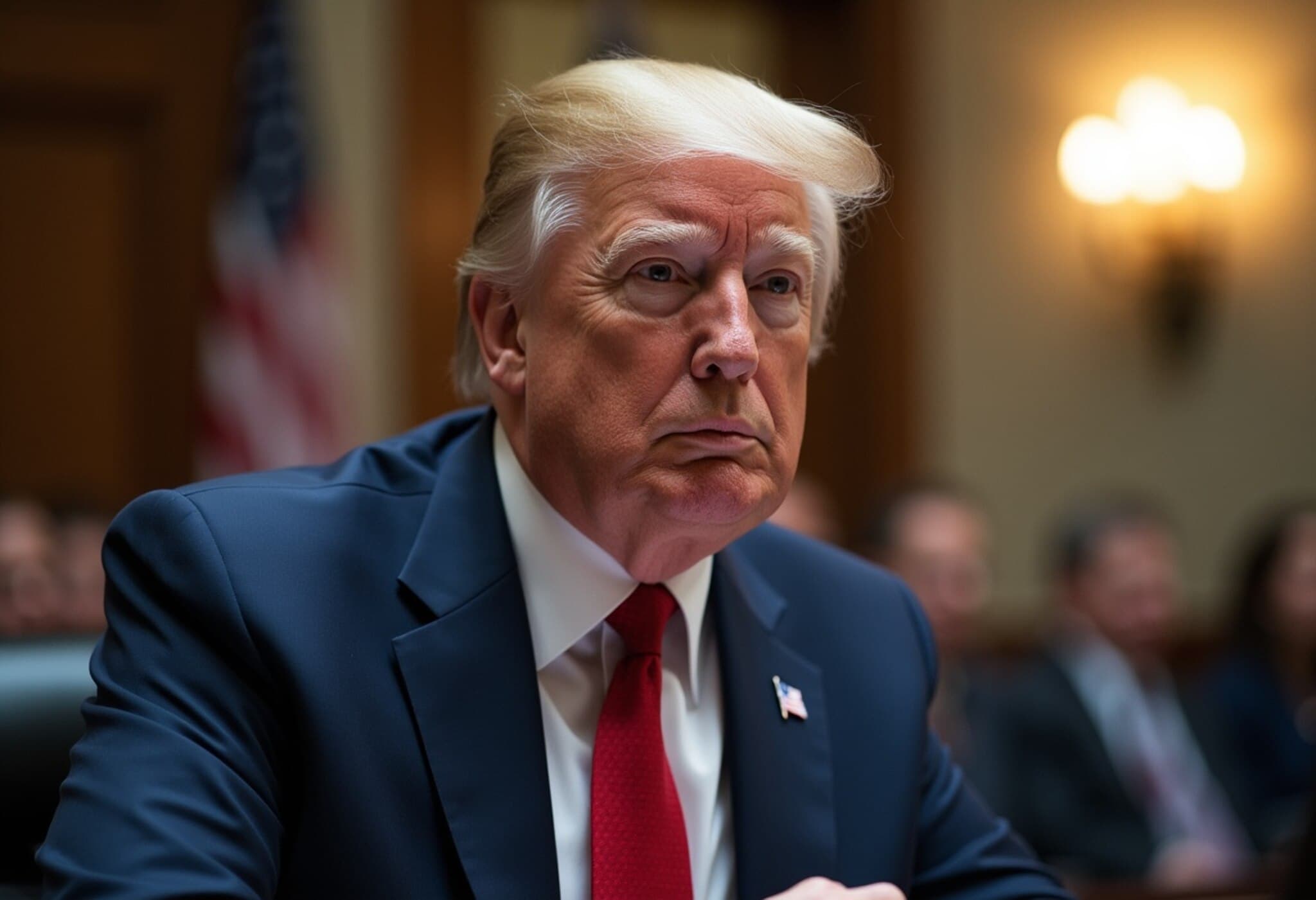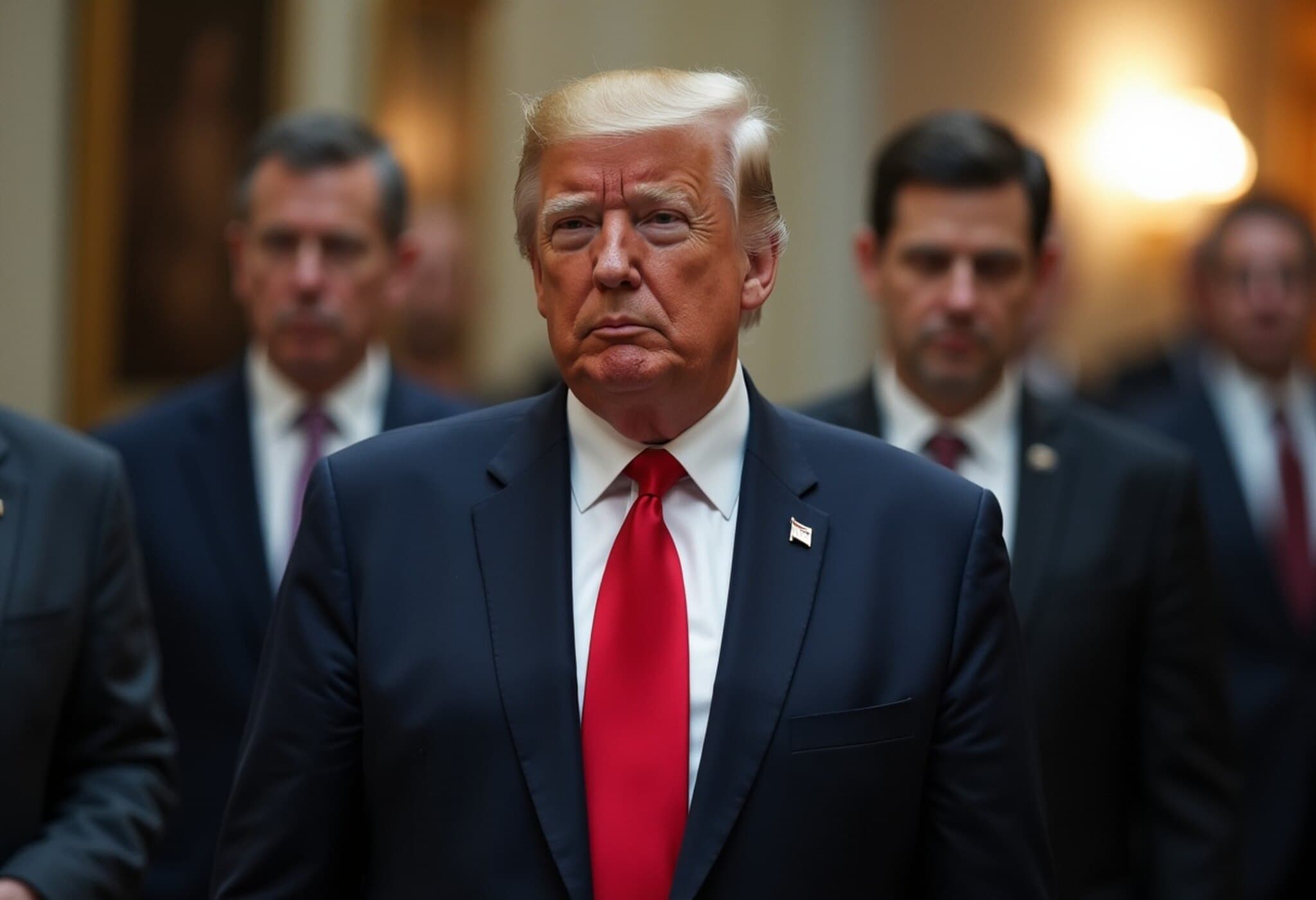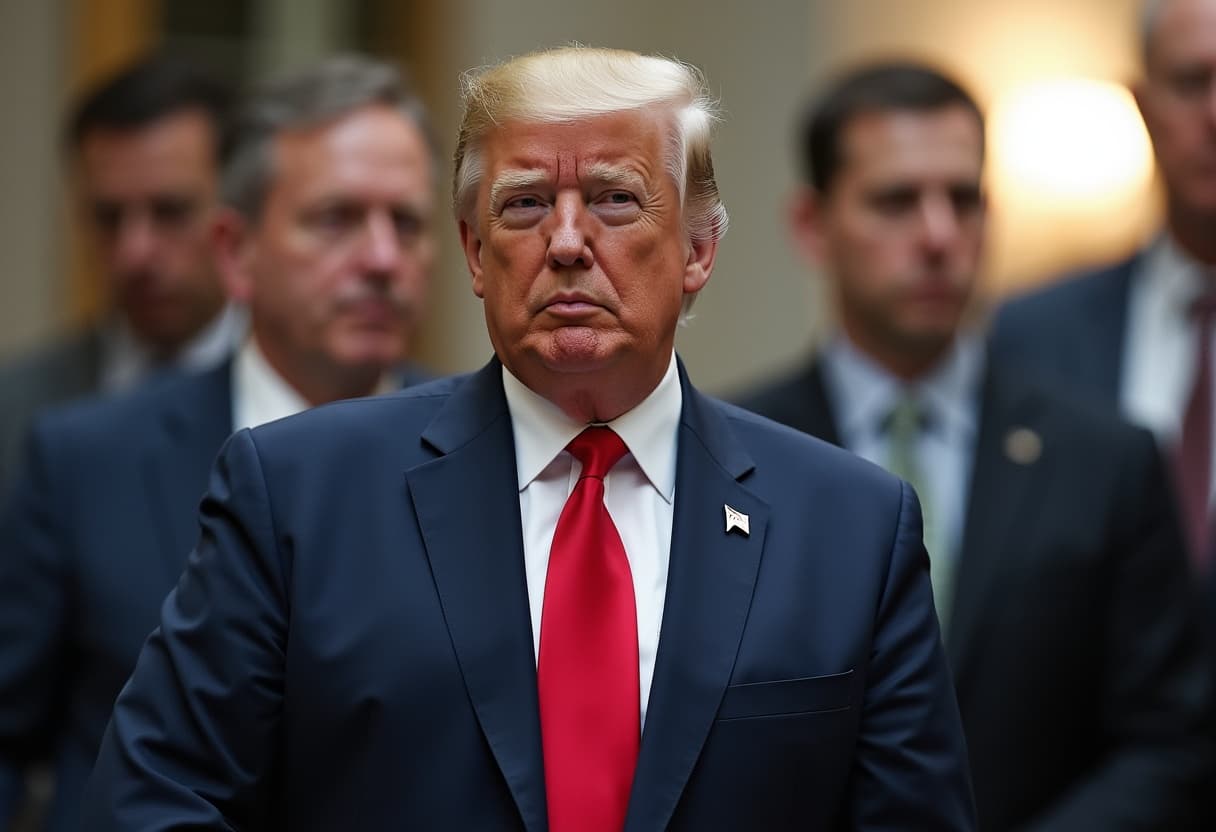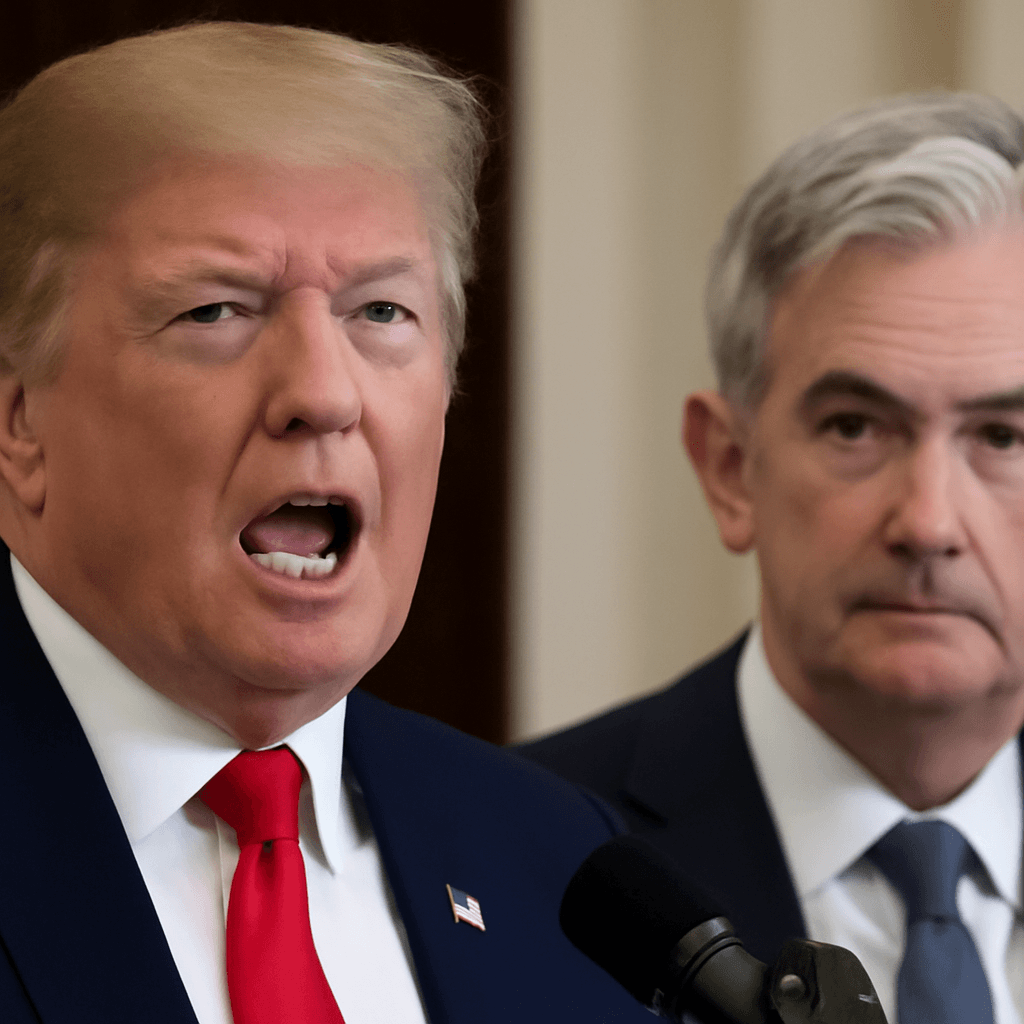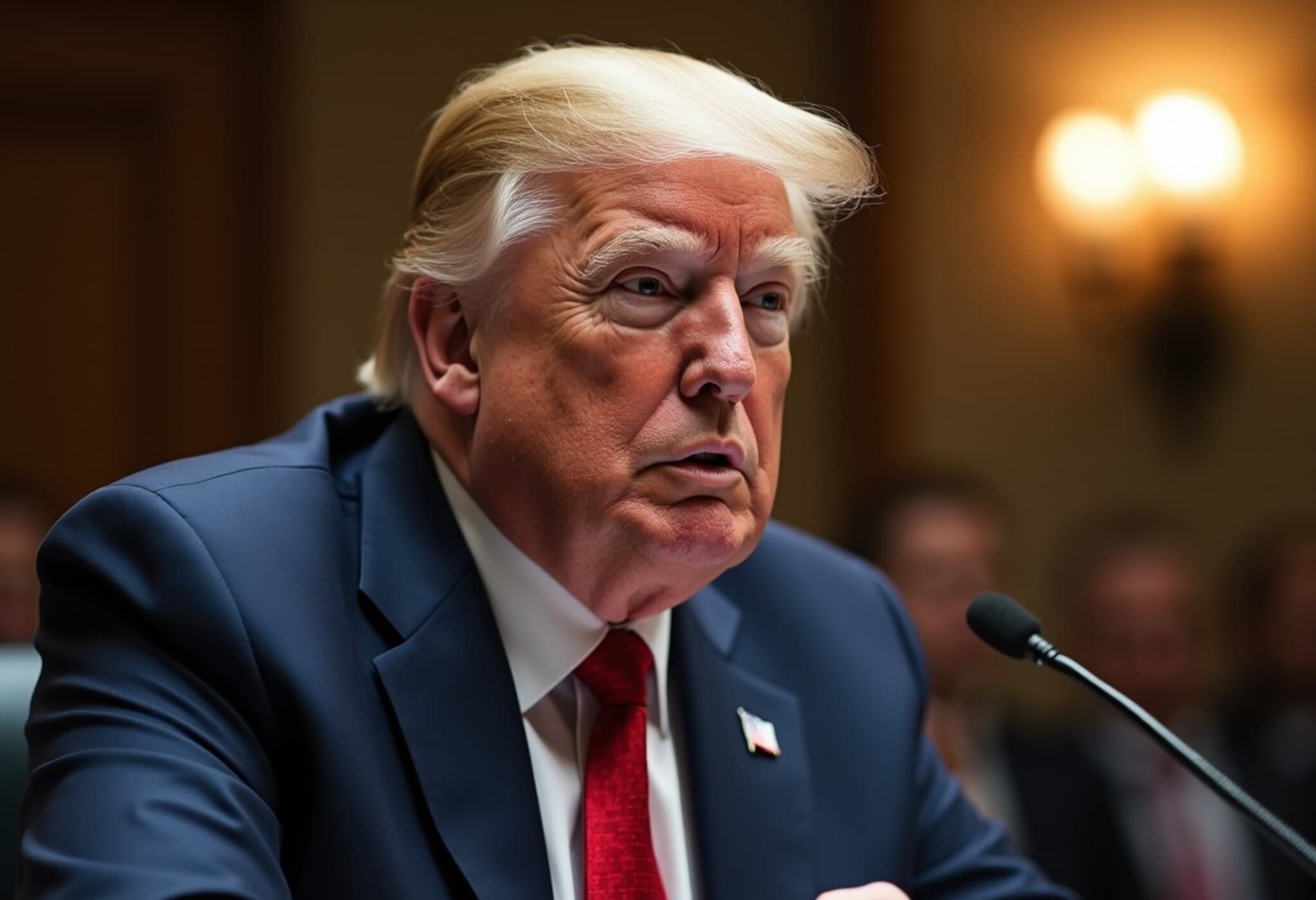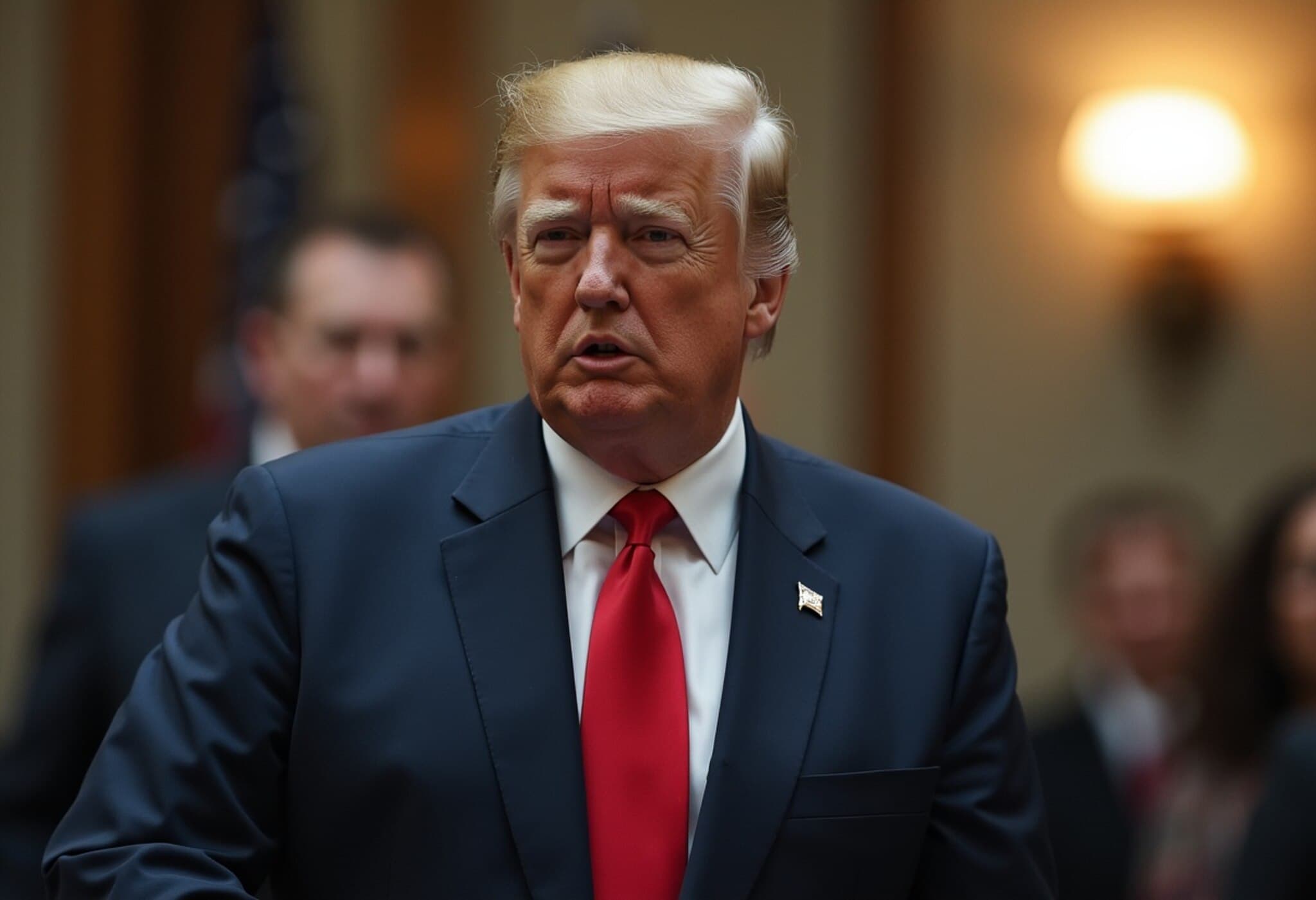Trump’s Unexpected Visit to the Federal Reserve Raises Eyebrows
In a rare and unconventional move, former US President Donald Trump is set to visit the Federal Reserve headquarters this Thursday, a development that has intensified the ongoing tensions between the White House and Federal Reserve Chair Jerome Powell. This visit marks a significant escalation in Trump’s public campaign against Powell, whom he has repeatedly criticized for his handling of interest rates and the broader economy.
A Strained Relationship Between a President and His Nominee
Notably, Trump had initially nominated Powell to lead the central bank during his first term, reflecting an alignment on monetary leadership. However, their relationship has since deteriorated, largely due to Powell’s cautious approach to interest rate cuts — a stance at odds with Trump’s aggressive push for lower rates to stimulate economic growth.
Since returning to the political stage, Trump has openly lambasted Powell, even calling him a “numbskull” and publicizing his thoughts about removing him from office. This rhetoric breaks with the longstanding tradition of presidential restraint regarding Federal Reserve independence, highlighting Trump’s norm-busting governing style.
Contextualizing the Visit: Political Pressure or Intimidation?
The White House’s announcement that Trump himself will join officials visiting the Fed surprised many, as Deputy Chief of Staff James Blair initially only mentioned the presence of administration representatives. The optics of the president’s personal involvement—especially following his recent criticism—have led many analysts to view this as a strategic intimidation tactic rather than a routine policy engagement.
Matt Simpson, senior market analyst at City Index, articulated this view, noting that the visit seems designed to ramp up pressure ahead of the Fed’s upcoming decisions rather than foster constructive dialogue.
Financial Markets and Institutional Independence
While markets reacted mildly to the news—with Treasury yields steady and the dollar slightly weaker—the underlying concern revolves around safeguarding the Federal Reserve’s autonomy. The central bank’s ability to make policy free from political interference is a cornerstone of US and global financial stability.
Treasury Secretary Scott Bessent has downplayed immediate changes in Fed leadership, indicating that any successor to Powell would likely be announced months ahead of Powell’s term ending in May 2026. Nevertheless, the atmosphere remains charged, with debates intensifying around the proper balance between executive influence and institutional independence.
Economic Stakes: Why Rate Cuts Matter—and Why They’re Contested
Trump’s push for slashing benchmark interest rates to around 1% is driven by the desire to lower borrowing costs for the government amid rising deficits tied to his administration’s spending and tax policies. However, such ultra-low rates typically signal economic distress, and Fed officials remain cautious.
The Fed’s policymakers have largely projected a more moderate easing of rates, expecting the federal funds rate to stabilize below current levels but not to the extent Trump demands. The best-case scenario anticipated by policymakers sees rates falling to roughly 2.25-2.50% within the next two years.
High-Profile Voices Warn of Risks
Adding weight to concerns about political pressure on the Fed, former chairs Ben Bernanke and Janet Yellen co-authored an op-ed underscoring the dangers of “radical” rate cuts and potential leadership upheavals. They emphasize that the Fed’s credibility depends on its data-driven, nonpartisan decision-making, which is not only vital for economic health but also a hard-earned national treasure.
Additional Layer: Scrutiny Over Fed Headquarters Renovations
Compounding tensions, Trump’s administration has leveled allegations of mismanagement and potential fraud related to costly renovations at two historic Fed buildings in Washington, D.C. White House officials reported cost overruns exceeding $700 million, framing the issue as a failure of oversight that feeds into their criticism of Fed leadership.
Looking Ahead: What This Means for US Monetary Policy
The Federal Reserve is scheduled to meet next week, and consensus leans toward maintaining current rates before potentially considering cuts in September. How the ongoing political pressure will affect this cautious approach remains an open question, with markets closely watching every development.
Editor’s Note: The Crossroads of Politics and Central Banking
Trump’s visit to the Federal Reserve signals more than just personal dissatisfaction—it highlights a broader debate about the independence of central banks in politically charged environments. As governments face growing economic challenges, preserving the Fed’s autonomy is crucial for stable monetary policy. This incident invites reflection on how political ambitions intersect with institutional safeguards and what it means for economic governance going forward.
Critical questions remain: Can the Fed maintain its independence amid mounting political pressures? And how will this dynamic influence the US economy’s trajectory during uncertain times?


